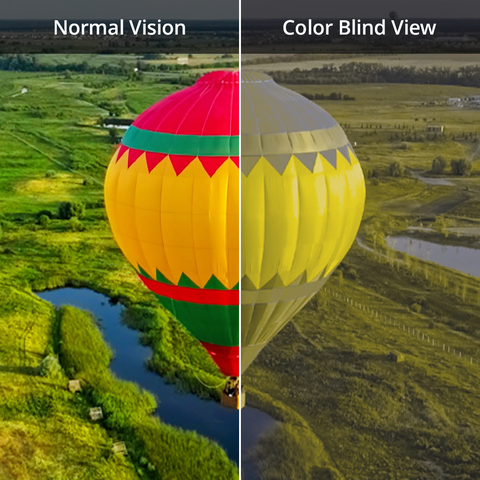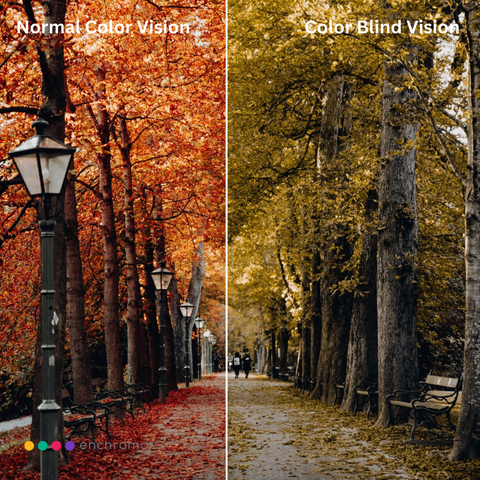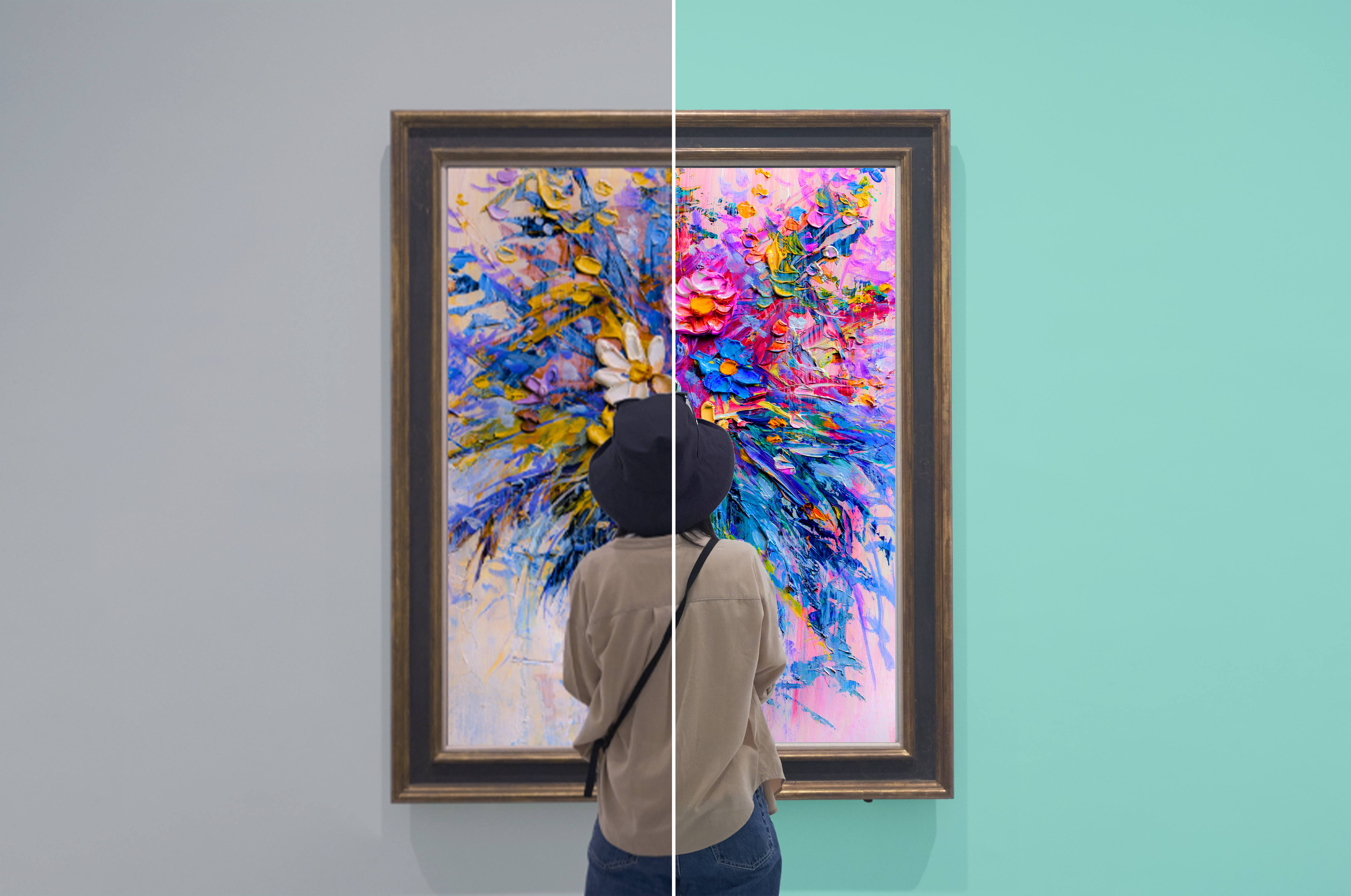In exciting news out of the University of the Incarnate Word Rosenberg School of Optometry (UIWRSO), a study has demonstrated that EnChroma glasses, designed specifically for those who are red green colorblind (deuteranomalous and protanomalous color vision deficiencies), can enhance their ability to perceive colors. Published in the prestigious Nature journal "Eye," the study unearths how these glasses, specially engineered with spectral notch filters, can stimulate color vision center in the cerebral cortex and promote neural adaptivity for many people who are red green colorblind.

Normal color vision, predicated on three cones sensitive to short, medium, and long wavelengths of light (often referred to as blue, green, and red cones), is essential for critical color discrimination in multiple occupations and for learning in school. Yet, color vision deficiency, affecting approximately 8% of males and 0.5% of females globally, hinders the ability to differentiate colors accurately, impacting everyday tasks and in some cases limiting career opportunities. The study introduced by UIWRSO offers hope to an estimated 350 million people worldwide suffering from this condition.
The research involved participants with the most common types of colorblindness, who wore the EnChroma glasses daily for a period ranging from 11 to 14 days (The mean wear time at 12 days was approximately 2.5 ± 1.8 hours per day). Color vision test assessments administered before and after the trial period included color naming exercises as well as the use of advanced cone contrast sensitivity testing. This allowed scientists to measure the sensitivity of each type of cone by testing participants using specific colors only visible to each cone type. The color vision test results were promising, showing immediate and long-term improvement in color vision while wearing the glasses and showed measurable improvements after 12 days without wearing the glasses.
Most significantly, the study found immediate and long-term improvement in color threshold (lowest color contrast detectable), as well as measures above threshold (readily visible to the color blind), including color naming and visual brainwaves measured as Visually Evoked Potentials (VEPs) with the stimulus visible only to red, green or blue sensitive cones. The VEPs originate in the primary visual cortex indicating that EnChroma glasses stimulate the brain's color vision areas, improving the wearer's ability to see and differentiate colors.
Dr. Jeff Rabin, a renowned color vision scientist and creator of the Rabin Cone Contrast Test (the color vision test used by the US Air Force), was the lead researcher for the study. He shared compelling anecdotes of how the glasses have already changed lives for some participants. One remarkable story is of a 66-year-old male with severe protanomaly who experienced a newfound ability to appreciate the vibrant colors of tomatoes in his garden, a complete rainbow, and the distinct colors of cars, which previously appeared muted. Follow-up assessments recorded significant improvements in color vision, affirming the potential of EnChroma glasses to enhance the quality of life for many of those with color vision deficiencies.

The study not only highlights the innovative approach of using spectral notch filters to improve color perception, but also opens new avenues for research into neural adaptivity and the potential for long-term enhancements in sensory processing. This not only offers a tangible assistive aid for many of those affected by color vision deficiencies, but also paves the way for further advancements in optical technology and neuroscience, promising a more colorful world for everyone. To read the details on the study and its findings, access the full scientific article published in Nature's "Eye" journal here.
How do colorblind people see?
Color blindness affects an estimated 350 million people worldwide, with those who are red green colorblind seeing as few as 10% of hues and shades. This leads to common confusions between colors like green and yellow, red and brown, gray and pink, purple and blue, and others, making everyday tasks and decisions more complex.
How Do Colorblind Glasses Work? EnChroma
Several scientific studies have shown that EnChroma glasses enable most people with red-green color blindness to see an expanded range of colors more vibrantly, clearly and distinctly. These color blind glasses for red-green vision deficiency are not a cure for color blindness, do not deliver 100% color vision, and do not work for all types of colorblindness. They work for approximately 8 out of 10 people with red-green color blindness, specifically those with Deuteranomaly or Protananomy. A wearer must have all three of the color cones in their retina functioning properly to benefit from EnChroma eyewear. If you’re curious about whether EnChroma glasses might work for you, try our online color blind test to get a better understanding of your type of color vision. To learn more please visit enchroma.com.
Note: Any research cited was conducted by respected educational institutions by leaders in the color vision science field and peer reviewed. Enchroma did not pay for or influence the studies. Any potential conflicts of interest have been declared by the researchers.



